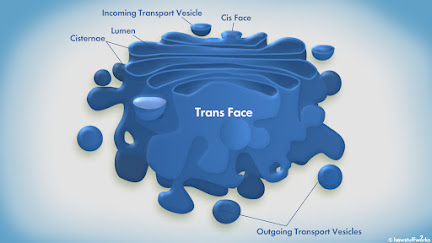Reproduction in Amoeba

Amoeba Amoeba always reproduce asexually. There are different ways of asexual reproduction in Amoeba and they are as follows: 1) Binary Fission: Parent Amoeba divides into two daughter amoebae in favorable conditions. This is known as binary fission. Different phases of mitosis are accompanied with changes in the shape of body. In prophase, body becomes spherical with numerous pseudopodia and nucleus show intranuclear spindle. Chromatids appear as duplicated chromosomes in the nucleus. In metaphase chromosome arrange at the equator. In anaphase daughter chromosomes move towards opposite poles. In telophase. pseudopodia assume normal shape, constriction appear in the middle. One of the daughter retain contractile vacuole and the other acquires new vacuole. Now the parent after binary fission starts living as two individuals which later on grow in size. Binary Fission in Amoeba 2) Sporulation: Some species of Amoeba reproduce by sporulation. Sporulation begins with breakdown of nuclea






